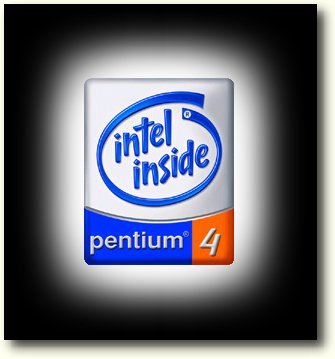Quo Vadis Intel? The Latest Roadmap
The Current Pentium 4 Situation And Its History
Right now, Intel's latest and greatest processor product goes by the name 'Pentium 4'. It was released with huge marketing efforts in November 2000 and is now trying to win over the mainstream and performance market. While the performance of Intel's new flagship is looking pretty inconsistent, Pentium 4 benefits from the old MHz or today GHz-tale. The average Joe who wants a fast computer believes that a lot of GHz means a lot of performance and since Tom's Hardware is today only reaching about 2.5 million readers world-wide, this situation won't change much in the years to come. Combine the GHz-hype with Intel's history, brand name and marketing machinery and you can sell Pentium 4 even at high prices or bad configurations, as partly pointed out in the recent OEM-system article .
Now this situation is not all new at all. In fact, it has hardly ever been different before. The difference however is that Intel is using Pentium 4 and its hype also to push Rambus RDRAM memory. Intel's first attempt to do so with Pentium III can be considered as close to a failure. While Pentium III was unable to benefit from RDRAM's virtues (high memory bandwidth), it was heavily penalized by RDRAM's failures (high latency). Still Intel managed to introduce RDRAM to the market, ensuring that it would be available once Pentium 4 arrives on the scene. The new flagship processor is now in fact able to benefit from RDRAM's high bandwidth and this is considered to be good enough, since Intel was wise to ensure that Pentium 4 would not run with any other memory type. While alternative memory types are in fact available, Intel simply decided against supporting them with any Pentium 4 chipset. This means for us reviewers that we cannot compare the performance of Pentium 4 with RDRAM against any other solution and thus we simply don't know if Pentium 4 might actually benefit from memory with lower latency than RDRAM. Maybe RDRAM is indeed great for Pentium 4, but how is anyone supposed to know unless he's tested alternative (low-latency) memory types with this processor?
Get Tom's Hardware's best news and in-depth reviews, straight to your inbox.
Current page: The Current Pentium 4 Situation And Its History
Prev Page Introduction Next Page Intel's RDRAM Credit Program